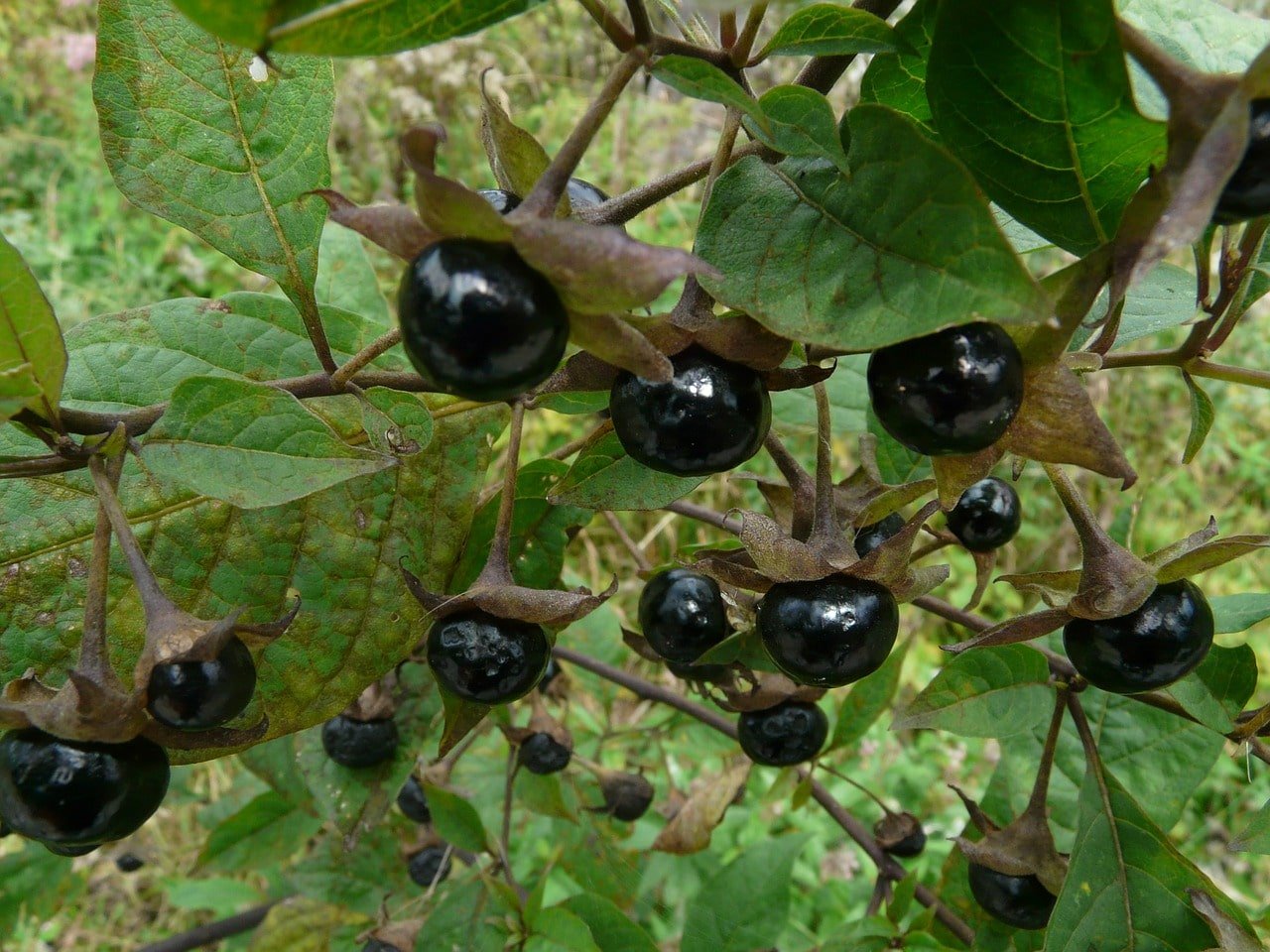Are you tired of struggling to get your seeds to grow and produce strong plants? Look no further than rockwool, the hydroponic solution for successful seed starting and cloning.
Made from natural materials like basalt rock and limestone, rockwool provides instant access to water and nutrients for your plants, resulting in faster and stronger growth.
Using rockwool for your gardening needs offers many advantages, including improved success rates for seed starting and cloning. Whether you’re a hydroponic or home gardener, this substrate is a popular choice for its ability to provide plants with the perfect environment for growth.
In this article, we’ll explore the benefits of using rockwool and provide tips for successful use to help you achieve the results you desire.
So, get ready to rock your seeds with rockwool and watch your plants flourish!
Quick Summary
- Rockwool is a hydroponic solution made from basalt rock and limestone, providing instant access to water and nutrients for faster and stronger plant growth.
- Using rockwool for gardening offers advantages such as improved success rates for seed starting and cloning, as well as being sterile and free from pests and disease.
- Rockwool provides excellent water retention and takes up less space than traditional soil-based methods, leading to improved germination rates and faster growth.
- To ensure success, it’s important to maintain consistent moisture levels and add fertilizer to the misting water, making rockwool a cost-effective and easy option for indoor seed starting before transplanting.
What is Rockwool?
You may already know that Rockwool is a popular substrate in hydroponic growing systems. It’s made from molten basalt rock and limestone, and provides instant access to water and nutrients for plants. But what exactly is Rockwool?
Rockwool is a fibrous material that’s created by melting basalt rock and limestone at high temperatures. Once the materials are melted, they’re spun into fibers. These fibers are then compressed and formed into blocks, cubes, or slabs.
There are many advantages to using rockwool in hydroponics. Rockwool is an inert substrate, meaning that it doesn’t contain any nutrients or microorganisms that can harm your plants. This allows you to have complete control over the nutrients that your plants receive. Additionally, rockwool provides excellent water retention, which helps to ensure that your plants are always receiving the proper amount of water.
To prepare rockwool for seed planting, simply soak it in water with a pH level of 5.5 for a few hours before planting your seeds.
Can Turnips be Grown Using Hydroponic Systems?
Growing and harvesting turnips using hydroponic systems is indeed possible. These soilless setups provide an ideal environment for turnip cultivation. Hydroponics allows for precise control of nutrient levels, pH, and water availability, promoting vigorous growth and optimal root development. With the right hydroponic techniques, turnip enthusiasts can enjoy fresh, flavorful harvests all year round.
Advantages for Seed Starting
Starting seeds in Rockwool offers the advantage of improved germination rates and faster growth compared to traditional soil-based methods. With Rockwool, seeds have instant access to water and nutrients, providing a strong foundation for healthy growth. This substrate is cost-effective and can help you save money on soil, fertilizer, and other gardening supplies. Plus, it takes up less space than traditional soil-based methods, making it a great option for those with limited space.
Another advantage of starting seeds in Rockwool is that it allows for better control over growing conditions. Unlike soil, Rockwool is sterile and free from pests and disease, reducing the risk of plant damage and failure. Additionally, because Rockwool is lightweight and easy to handle, it’s a great option for those who want to start their seeds indoors before transplanting them outdoors.
With improved success rates and faster growth, starting seeds in Rockwool is a smart choice for any gardener looking to get the most out of their growing efforts.
Tips for Successful Use
To ensure success when using Rockwool for seed germination, it’s important to maintain consistent moisture levels. This is achieved through proper misting techniques and careful attention to the pH level of the water used.
Soak the Rockwool in water with a pH level of 5.5 before planting seeds and then keep it moist by misting regularly. A plastic dome can also be used to trap moisture and create a mini greenhouse environment for the seeds.
Adding fertilizer to the misting water is also crucial for optimal growth. This ensures that the plants have access to the necessary nutrients for strong, healthy growth.
By following these simple tips, you can make the most of Rockwool’s benefits for seed starting and enjoy successful seed germination that will lead to strong, healthy plants.
Frequently Asked Questions
Can rockwool be reused for multiple seedlings or plants?
Yes, you can reuse Rockwool for multiple seedlings or plants. It’s a sustainable option that saves money and reduces waste. Make sure to clean and sterilize it between uses to avoid spreading diseases.
Is there a risk of overwatering when using rockwool as a substrate?
When using Rockwool as a substrate, overwatering can be a risk. Proper Rockwool moisture management is key to avoid drowning plants. However, the benefits of using Rockwool in hydroponics include improved seedling success rates and easy access to water and nutrients.
Are there any environmental concerns or hazards associated with rockwool production or disposal?
Rockwool production can have sustainability concerns due to the use of non-renewable resources. Its environmental impact includes emissions, energy use, and water consumption. Waste management is crucial for its disposal to avoid landfill impact.
How does rockwool compare to other hydroponic substrates in terms of cost and effectiveness?
Comparing effectiveness: Rockwool is a popular choice for hydroponic systems due to its ability to provide quick access to water and nutrients, resulting in strong plant growth. Cost analysis: It’s more expensive than soil, but cheaper than some other hydroponic substrates.
Are there any specific types of plants or crops that do not thrive in rockwool?
Some plants, like succulents, do not do well in Rockwool due to its ability to hold moisture. However, Rockwool is generally more effective than soil for hydroponics, providing instant access to water and nutrients.








